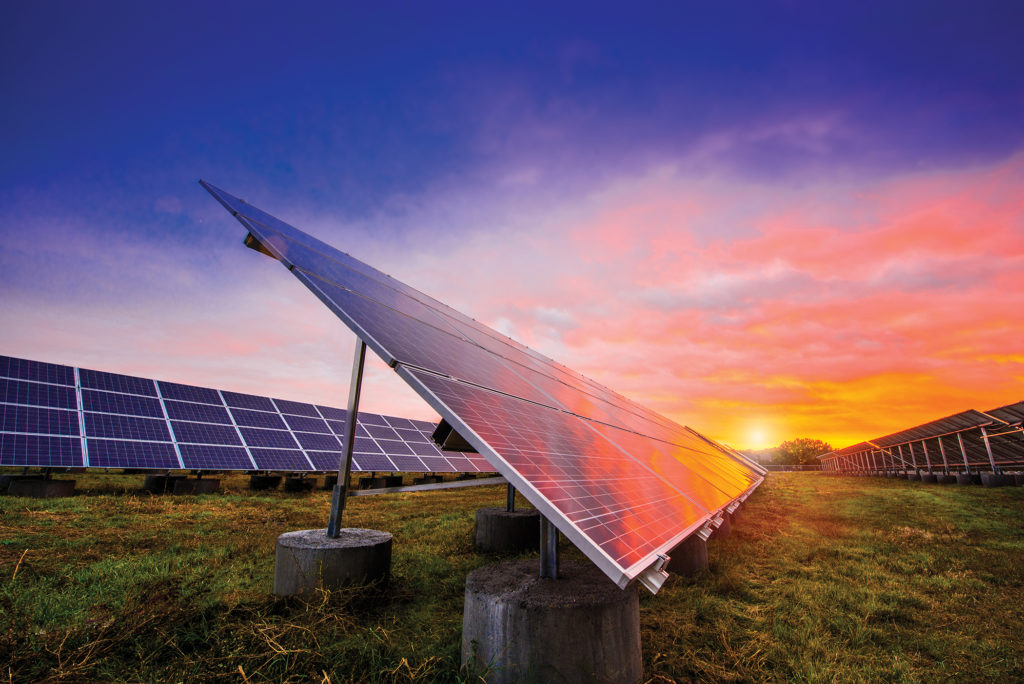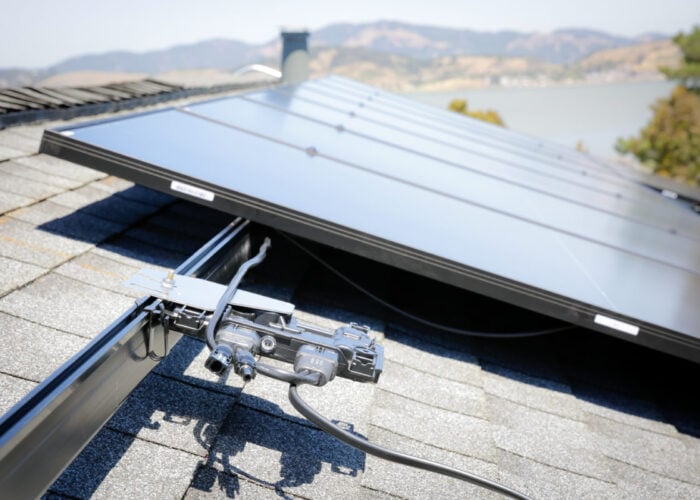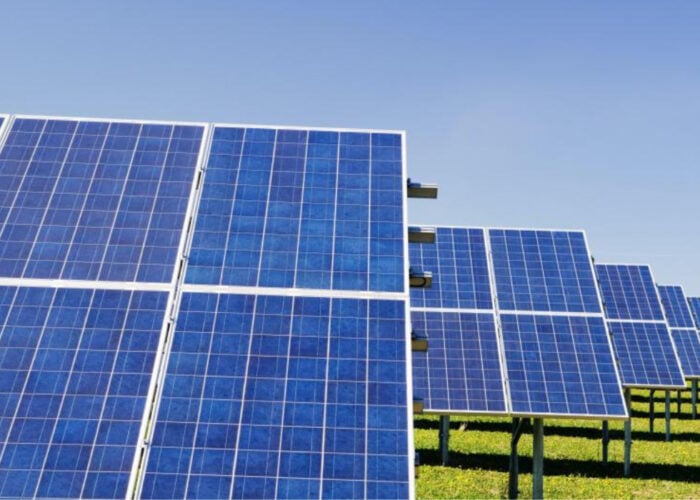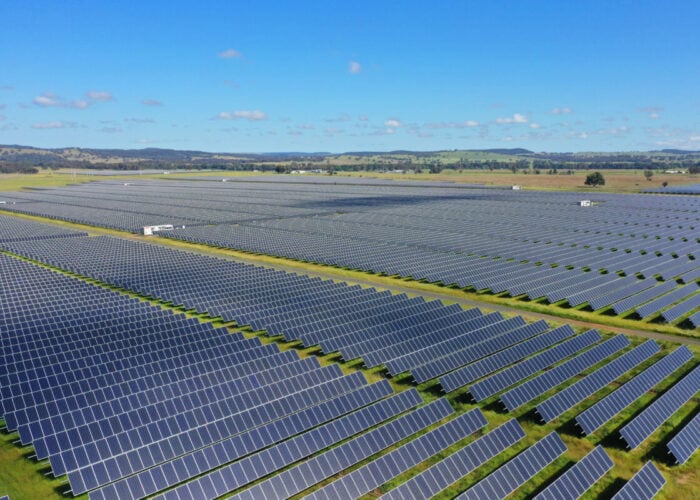
US electricity utility Xcel Energy has reached an agreement on its 2024 Resource Plan which it says will reduce its carbon emissions by 80% and increase the rollout of renewable energy capacity.
Dubbed the Upper Midwest Energy Plan, Xcel Energy agreed on the deal with the Minnesota Department of Commerce, clean energy organisations, labour unions, and energy developers, the company said. The proposal will deploy 3.6GW of renewable energy generation capacity by 2030 (2.3GW of wind and 400MW of solar PV) in addition to 900MW of energy storage output.
Unlock unlimited access for 12 whole months of distinctive global analysis
Photovoltaics International is now included.
- Regular insight and analysis of the industry’s biggest developments
- In-depth interviews with the industry’s leading figures
- Unlimited digital access to the PV Tech Power journal catalogue
- Unlimited digital access to the Photovoltaics International journal catalogue
- Access to more than 1,000 technical papers
- Discounts on Solar Media’s portfolio of events, in-person and virtual
Or continue reading this article for free
Xcel said that the proposals are in addition to projects which have already received regulatory approval and will cover operations in the US states of Minnesota, Wisconsin, North Dakota, South Dakota and Michigan.
The utility specifically highlighted the Sherco plant, a retired coal generation site which Xcel is replacing with a 710MW solar PV site. The new agreement plans to add a 300MW lithium-ion battery at the site.
Xcel will also extend the use of its two carbon-free nuclear plants at Prairie Island and Monticello through the early 2050s.
This agreement builds on the announcement of the plans in February this year when Xcel also announced plans for 2.2GW of “always available resources” to function as a backup to its expanded renewable energy portfolio. This has been replaced with more concrete plans for a hydrogen-capable natural gas-fired power plant in Lyon County, Minnesota.
Ryan Long, president of Xcel Energy—Minnesota, South Dakota and North Dakota, said: “This plan invests in innovation that maximises value for customers, creates jobs, and supports the communities we serve. We’re making great progress toward our vision for reliable, affordable, 100% carbon-free electricity, and we appreciate the support of our stakeholders on an agreement that allows us to keep building the clean energy economy of the future.”
A final decision on the agreement is expected in early 2025, until which point the public can make comments through the Minnesota Public Utilities Commission process.
The Midcontinent Independent Transmission System Operator (MISO) – the interconnection zone in which Xcel operates – has been slow on the uptake of solar PV in comparison to other independent system operators (ISO) in the US. Recently, following an uptick in announcements for solar projects in the region, PV Tech Premium looked into the growth of the technology across the MISO.







